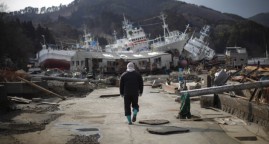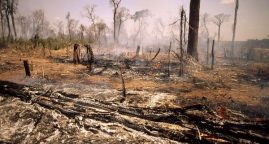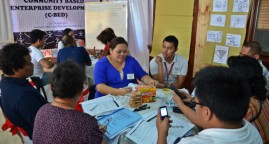Ditching the disaster cycle: Focus on sustainable development to manage risk
03/16/2015. In march some ten thousand people gathered in Sendai, Japan, for the World Conference on Disaster Risk Reduction. In a well-attended session, the UN’s new Global Assessment Report on Disaster Risk Reduction was launched.
The disaster response cycle, initially developed in the 1970s, prescribes that post-disaster reconstruction plans incorporate measures to ensure that the next disaster is better prepared for.
The Global Assessment Report on Disaster Risk Reduction 2015 shows that the costs imposed by disasters are equal to those associated with diseases like malaria. In disaster-prone countries, such as the Bahamas or Philippines, disaster-related costs equal 50 to 300% of national social expenditure.
Read the article on the ODI website
Related Articles
What role can business play in dealing with disasters?
02/24/2015. In an interconnected world, with impacts that touch upon all of society, locally and internationally, we need an “all-of-society” and “all-of-the-world” approach.
The Geopolitics of Environmental Challenges
03/02/2017. Much of the world seems to be on edge. But one issue – one might say the most significant of them all – is being ignored or pushed aside: the environment.
The private sector: stepping up
January 2015. This article draws on interviews with over 30 representatives from the private sector, civil society, the UN, the IFRC/Philippines Red Cross and the government of the Philippines…






